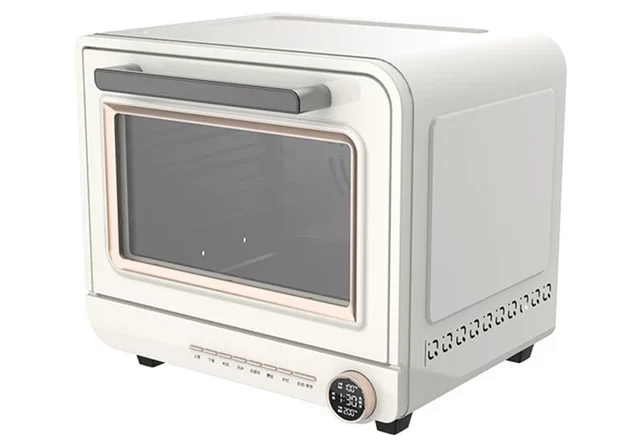Introduction:
Convection microwaves are advanced kitchen appliances that combine the functionalities of a microwave and a convection oven. These appliances utilize both microwave technology and convection heating elements to provide versatile cooking options. In this article, we will delve into the workings of convection microwaves, exploring their features, cooking capabilities, and the benefits they offer in the kitchen. Understanding how convection microwaves work can enhance your cooking experience and help you make the most of this innovative appliance.
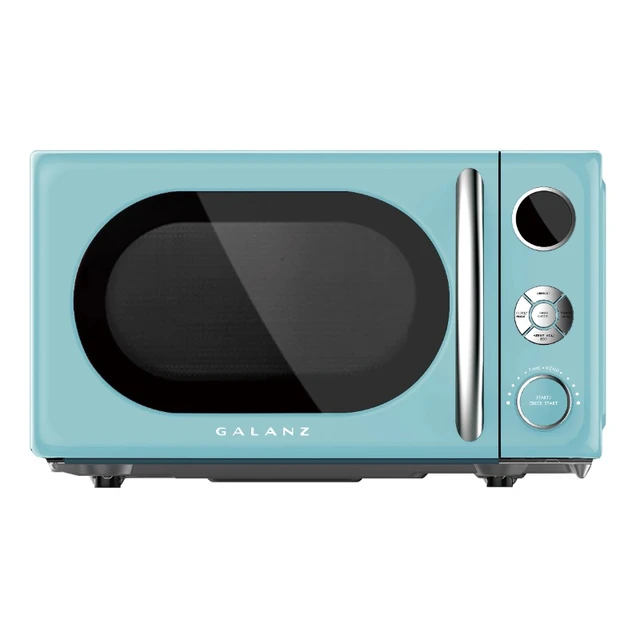
How do convection microwaves work?
Introduction to Convection Microwaves:
Convection microwaves are designed to combine the quick and efficient cooking of microwaves with the browning and crisping capabilities of convection ovens.
They utilize a combination of microwave technology and heating elements, along with a fan, to circulate hot air and cook food evenly.
Convection microwaves offer a range of cooking methods, including microwaving, convection baking, convection roasting, grilling, and even combination cooking that utilizes both microwave and convection modes simultaneously.
Microwave Technology:
Like traditional microwaves, convection microwaves employ microwave technology to cook food quickly and efficiently.
Microwaves generate electromagnetic waves, specifically microwaves, which penetrate the food and cause water molecules to vibrate. This vibration generates heat, which cooks the food from the inside out.
The microwaves in convection microwaves operate at a frequency of around 2.45 gigahertz, which is the frequency at which water molecules efficiently absorb the microwave energy.
Heating Elements and Convection Cooking:
Convection microwaves are equipped with heating elements, typically located on the top and/or bottom of the appliance.
These heating elements provide direct heat, similar to those found in traditional convection ovens. They help brown and crisp the food, adding texture and flavor.
In convection mode, the fan in the microwave circulates hot air produced by the heating elements throughout the cooking chamber. This creates a consistent temperature environment, ensuring even cooking and browning of the food.
Convection Fan:
The convection fan in a convection microwave plays a crucial role in distributing hot air and maintaining a consistent temperature during cooking.
The fan helps circulate the hot air produced by the heating elements, ensuring that the heat is evenly distributed around the food.
By circulating the hot air, the convection fan helps to eliminate cold spots and hotspots, resulting in more uniform cooking.
Combination Cooking:
One of the key features of convection microwaves is the ability to perform combination cooking, which utilizes both the microwave and convection modes simultaneously.
Combination cooking offers the advantages of quick microwave cooking with the browning and crisping capabilities of convection heating.
This feature is particularly useful for achieving the best of both worlds when cooking dishes that benefit from both quick cooking and browning, such as roasted meats or baked goods.
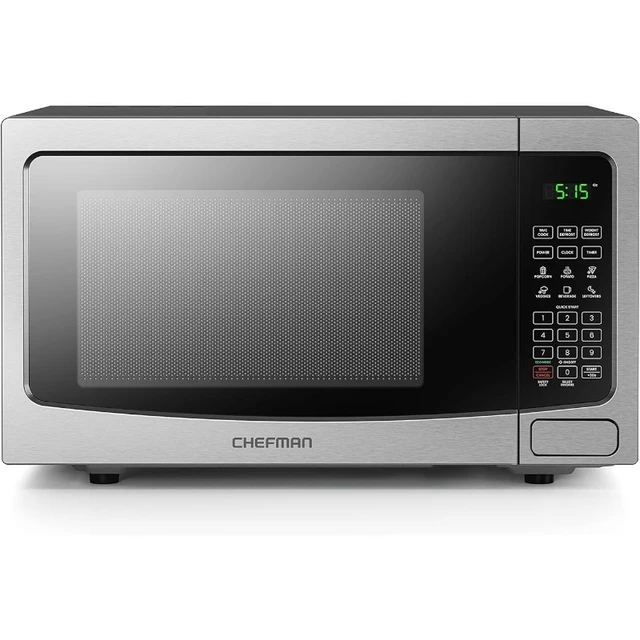
Preheating:
Like traditional convection ovens, convection microwaves often require preheating before cooking certain dishes.
Preheating allows the heating elements and the cooking chamber to reach the desired temperature before placing the food inside.
Some convection microwaves have a preheat function that helps streamline the process and ensures the oven is at the optimal temperature for cooking.
Cooking Modes and Controls:
Convection microwaves offer a range of cooking modes and controls that can be adjusted based on the specific needs of the dish being prepared.
These appliances often provide multiple power levels for the microwave mode, allowing for precise control over the cooking process.
Temperature controls enable adjustment of the convection heating elements, ensuring food is cooked at the desired temperature for baking, roasting, or grilling.
Depending on the model, convection microwaves may feature pre-programmed settings for various types of dishes, making it easier to achieve consistent results.
Advantages of Convection Microwaves:
Convection microwaves offer several advantages over traditional microwaves or convection ovens alone.
The combination of microwave and convection cooking allows for faster cooking times compared to conventional ovens, while still delivering browning and crisping capabilities.
The convection fan helps distribute heat evenly, reducing the risk of undercooked or overcooked spots in the food.
Convection microwaves are versatile appliances that can handle a wide range of cooking tasks, from reheating leftovers to baking, roasting, and grilling.
Considerations and Tips:
When using a convection microwave, it’s important to follow the manufacturer’s instructions and recommendations for specific cooking methods and temperatures.
Some dishes may require adjustments in cooking times and temperatures compared to traditional oven recipes. It’s advisable to monitor the food closely during the cooking process to ensure desired results.
As convection microwaves utilize both microwave and convection modes, it’s essential to use microwave-safe containers and cookware when utilizing the microwave function.
Cleaning and maintenance of convection microwaves should be done according to the manufacturer’s instructions, taking care to remove any food particles or grease that may accumulate.
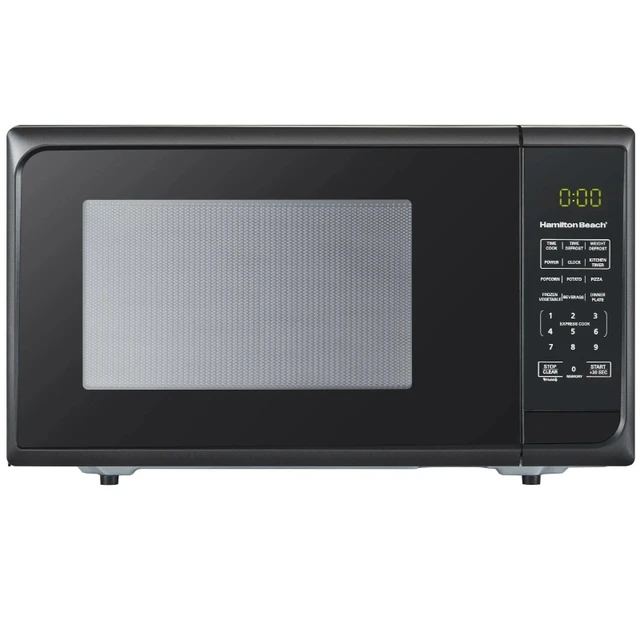
Recipe Adaptability:
One of the advantages of convection microwaves is their adaptability to various recipes. They can handle a wide range of dishes, including baked goods, roasted meats, grilled vegetables, and more.
Convection microwaves offer the flexibility to modify recipes designed for traditional ovens. With the combination of microwave and convection modes, you can achieve similar results in a fraction of the time.
It’s important to note that some adjustments may be necessary when adapting recipes. Cooking times and temperatures may need to be modified to suit the capabilities of the convection microwave.
Energy Efficiency:
Convection microwaves are known for their energy efficiency compared to traditional ovens. The combination of microwave cooking and convection heating allows for faster cooking times, resulting in reduced energy consumption.
The convection fan helps distribute heat evenly, reducing the need for prolonged cooking and minimizing energy waste.
By utilizing a convection microwave instead of a traditional oven, you can save on energy costs while still enjoying the benefits of efficient cooking.
Space-Saving Design:
Another advantage of convection microwaves is their space-saving design. Combining the functionalities of a microwave and a convection oven into a single appliance eliminates the need for separate devices, saving valuable kitchen counter or cabinet space.
This is particularly beneficial for those with limited kitchen space or for individuals who prefer a minimalist kitchen setup.
The compact size of convection microwaves also makes them suitable for small apartments, dorm rooms, or RVs where space may be at a premium.
Quick Preheating:
Preheating a traditional oven can be time-consuming. However, convection microwaves offer a faster preheating process.
The combination of microwave technology and convection heating elements allows the oven to reach the desired temperature more quickly, reducing overall cooking time.
Quick preheating is especially advantageous for those who prefer to have their meals prepared in a shorter amount of time.
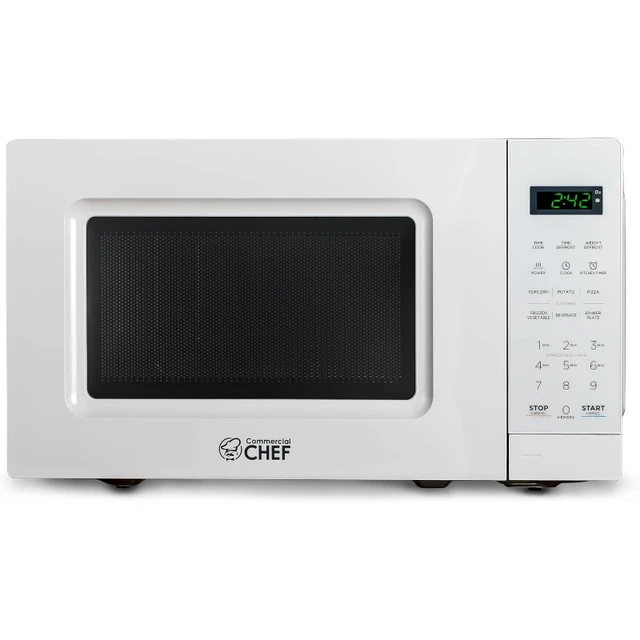
Easy Cleanup:
Convection microwaves often come with easy-to-clean interiors, making cleanup a breeze.
Many models have removable turntables and racks that can be washed separately, and the smooth interior surfaces can be easily wiped down.
Additionally, some convection microwaves have self-cleaning features that utilize steam or heat to remove food particles and residue, simplifying the cleaning process even further.
Versatile Cooking Functions:
In addition to microwave and convection modes, many convection microwaves offer a range of cooking functions to further enhance versatility.
These functions may include options for defrosting, simmering, slow cooking, or even baking bread.
With the ability to perform multiple cooking functions, convection microwaves provide a comprehensive cooking experience in a single appliance.
Cost Considerations:
While convection microwaves offer advanced functionalities and versatility, they tend to be more expensive than traditional microwaves.
The added features and technologies contribute to the higher price point of convection microwaves.
However, the investment can be worthwhile for those who value the time-saving capabilities, energy efficiency, and increased cooking options provided by these appliances.
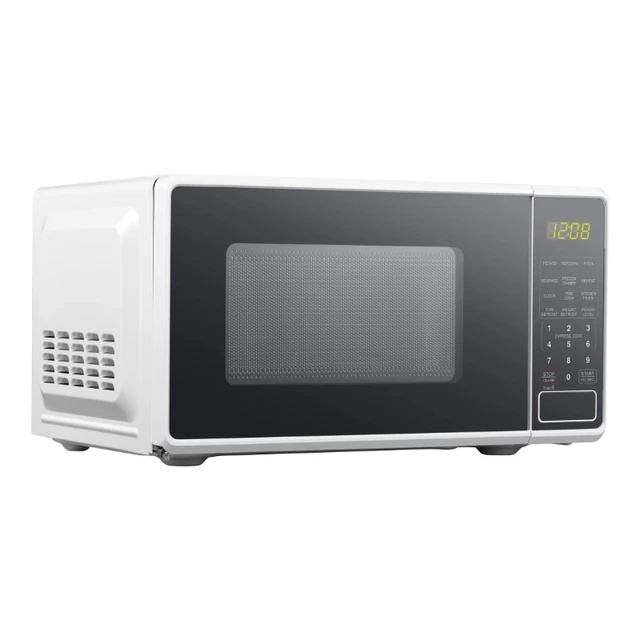
Conclusion:
Convection microwaves combine the functionalities of microwaves and convection ovens, offering versatile cooking options and time-saving capabilities. With a combination of microwave technology, heating elements, and a convection fan, these appliances provide quick and efficient cooking while ensuring browning and crisping of the food. By understanding how convection microwaves work, users can make the most of their features and enjoy the benefits of faster cooking times, even heat distribution, and a wide range of cooking options. Convection microwaves are a valuable addition to any kitchen, providing convenience and versatility for various cooking needs.

